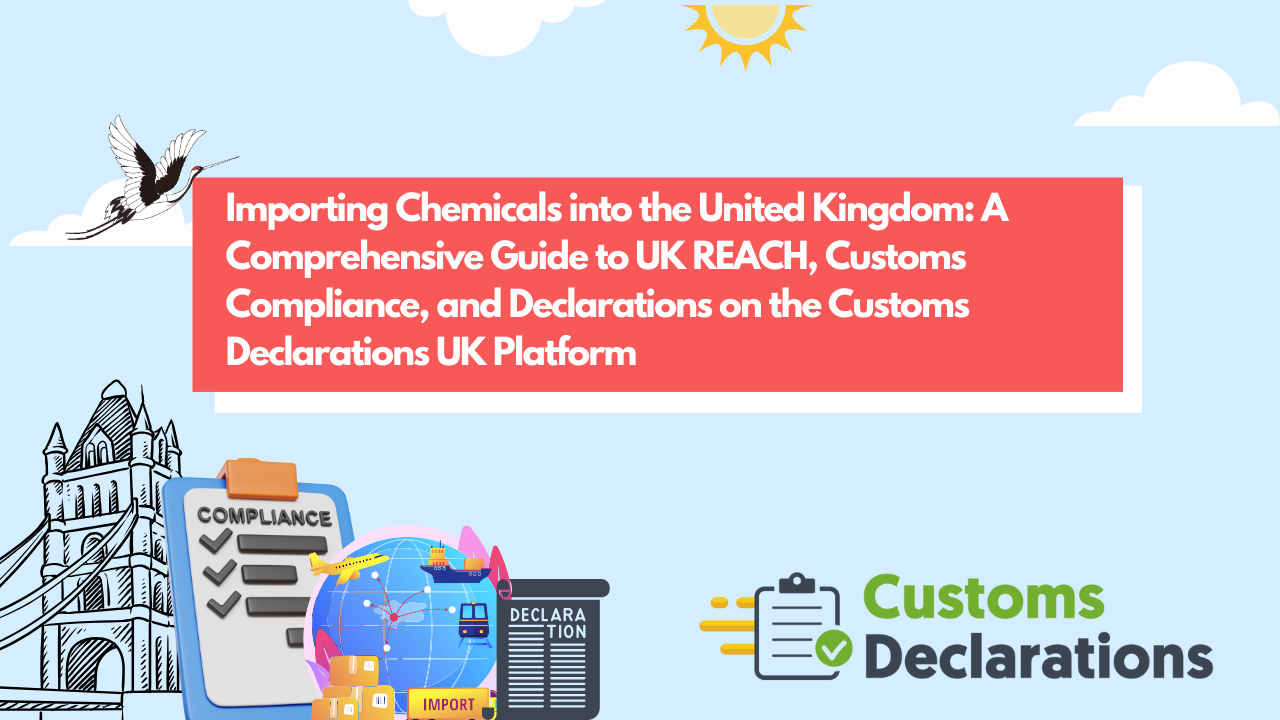Introduction
Whether you are an established chemical distributor or a general business branching into specialty raw materials, importing chemicals into Great Britain demands absolute clarity on two separate but intertwined regulatory tracks. UK REACH governs the safety, registration and authorisation of every substance that will ultimately be placed on the GB market, while HMRC customs rules control the physical entry of those goods, the calculation of duty and VAT, and the documentary trail you must preserve.
This guide walks you through every stage of that journey from determining whether your product even needs a UK REACH registration to submitting a fully‑compliant customs declaration via the Customs Declarations UK (CDUK) online platform. The goal: help you move chemicals quickly, safely and legally, without last‑minute surprises at the border.

